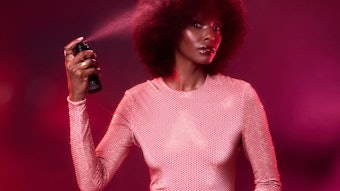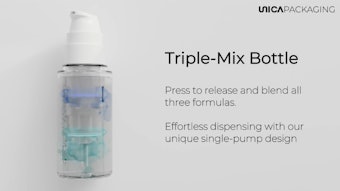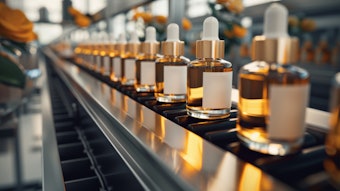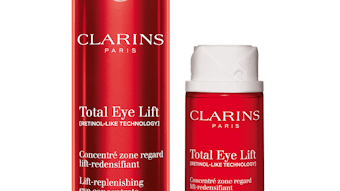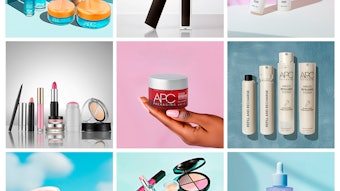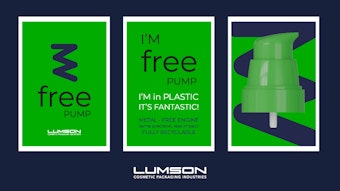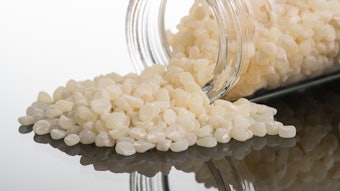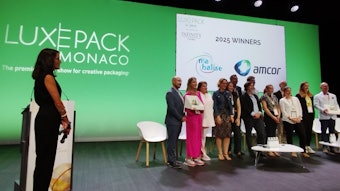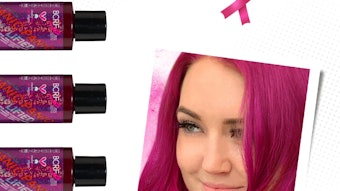- As green trends are more and more the norm in business, packaging suppliers are developing new eco-friendly options for beauty brands that go beyond simply green materials.
- Packaging that is compostable, biodegradable, recyclable, refillable and/or reusable are all green options that beauty brands can use and promote to consumers.
- Green packaging methods are also a constant outlet for innovation, so stay on the lookout for new ideas—or develop your own.
- Letting consumers know about your brand’s efforts, from soy inks to nontoxic materials to biodegradable boxes, is also important and helps portray a transparent brand image.
It’s a given that today’s consumers have grown to expect eco-friendly packaging to envelop their sustainably sourced beauty products. And, in an increasing amount of countries, it’s becoming a requirement. “Consumers in India, Japan and Taiwan have strict regulations and bans on plastics and other pollutants compared to other regions of the world due to the limited space and challenges they have been confronted with from the impacts of pollution,” says Patti Aragoni of Green Bag Company, an eco-conscious bag and packaging supplier based in San Francisco. Moreover, many European countries—notably Norway, Sweden, Finland, Germany and Austria—have eco-conscious behavior deeply rooted into their culture, and consumers expect the disposability of their products to be simple and environmentally responsible.
However, a brand should keep in mind that there are many ways to promote a green message through packaging: It can be composted or biodegradable; it can be tossed in the recycling bin; or it can be refilled or reused. A savvy brand owner will carefully weigh the benefits of each kind of green packaging solution when implementing changes.
Back to Earth
By definition, a material is biodegradable when, under the right conditions, it can be broken down by microbes or other living organisms as a food source. Traditionally, this has been more commonly found in secondary packaging for beauty products in the form of folding boxboard while the primary package hasn’t been compostable. Leoplast, a bioplastics packaging manufacturer based in Arignano, Italy, has bucked the tradition for several years through its VegetalPlastic line. Composed of corn, cellulose and other plants and agricultural waste, VegetalPlastics are fully biodegradable. “Moreover, VegetalPlastic advantages are its bio-renewability, and the raw materials are considered carbon neutral as it releases an amount of carbon dioxide equivalent to the amount consumed by the plant during its growth period,” says Marie-Laure Viellard, public relations for Leoplast. “VegetalPlastic allows fewer greenhouse gas emissions, thus contributing to fighting the threat of climate change and reducing the carbon footprint.”
Green Bag Company has also recently expanded its offerings to include packaging that can be broken down and returned to the planet. “We are in the process of launching our new subdivision of Green Bag Company, ‘40 Shades Of,’ which is completely dedicated to biomaterials,” says Aragoni. “The biomaterial range comprises non-GMO, renewable, natural sources that are both 100% biodegradable and compostable. In the beauty packaging line, you will find an array of containers that can be used to store cosmetic creams and liquids for the face and body, and that can be used to store makeup.”
In the Bin
A great option for many is packaging that can be recycled in the traditional sense: tossed in the recycling bin once the consumer is done with it. According to Mark Ormiston, director of environmental sustainability for Anomatic, an anodized aluminum packaging supplier based in Ohio, this material is ideal for many cosmetic applications. “First and foremost, anodized aluminum is 100% recyclable and makes everyday items such as beauty packages not only functional and [aesthetically pleasing], but also a wise choice because of recyclability,” says Ormiston. “Anodized aluminum packaging has been called ‘green’ for some time and is a preferred finish by the beauty industries due to its inherent environmental characteristics, as well as its luxury appeal and design versatility.”
Another packaging material that is luxurious and 100% recyclable is glass. “We believe in real eco-actions and not eco-words, so we decided to go for recyclable solutions,” says Stefano Focolari, chief marketing officer of Lumson, an Italian packaging company. “We use a lot of glass, which is a luxury material, but also the most recyclable one. It comes from limestone and sand—renewable sources—and it can be recycled forever and ever without losing in quality.”
To make the act of recycling even easier for consumers, Lumson offers the TAG-System—Techno Airless Glass—an airless system that uses a glass bottle. Due to Lumson’s patented component, the Eco-Lock system, consumers can simply unscrew the pump and easily separate all plastic components from the glass bottle. “From our studies, we have found that a glass bottle recycled without being polluted by other materials like plastic can be 100% recuperated and needs no polluting and energy-consuming, post-recycling processing,” adds Focolari.
The company even provides a “Separate Glass From Plastic” logo free of charge to brands to inform consumers about this feature of the packaging and to encourage a more responsible recycling process.
Return to Sender
One of the most eco-conscious types of packaging is one that can be reused without even re-entering the traditional recycling process. “The pack [that is] neither recyclable nor biodegradable can be better eco-friendly if it’s refillable—makeup, for example,” says Leoplast’s Viellard. Another option is sending the packaging back to its creator to take care of the recycling process. Green Bag Company offers a remanufacturing program that includes recovering the materials after the original life cycle and reprocessing them into new, marketable products. Aragoni notes, “Consumers may be more interested in the idea of reusing the packaging of their [beauty products] if brands can come up with creative and fun ways of doing so.”
The partnership between Lumson and Ringana, an Austrian beauty company, serves as a success story of marketing reusable packaging. “Ringana bought our TAG airless packaging for its cosmetic product, then it made an advertising campaign telling all its customers to separate the glass from the plastic components. Then, for every 10 glass bottles separated and returned to Ringana, the client gets a new product for free,” explains Focolari. “At this point, Ringana returns the glass bottles to Lumson, Lumson reuses the glass bottles to manufacture a new airless system by reintroducing all the plastic components, and returns the new airless systems to Ringana. Ringana then fills the bottles with new cosmetic product and puts them back on the market. This is 100% recycling of the glass bottle.”
None of the Above
Can a beauty brand use packaging that is neither recyclable nor compostable and still make an argument that its product is eco-friendly? In some cases, yes—but it’s a thin line between green and greenwashed. “If the material is made from postconsumer packaging and if the material is nontoxic, it can make an eco-friendly argument,” says Aragoni. “Providing information about a product’s specific composition and ideally providing a complete life cycle analysis is a more credible way of defining one’s products and demonstrating the utmost transparency.”
Lisa Doyle was formerly the associate editor of GCI magazine and is a freelance writer in the Chicago area. Her work has appeared in Skin Inc. magazine, Salon Today, America’s Best, Renew and Modern Salon.
